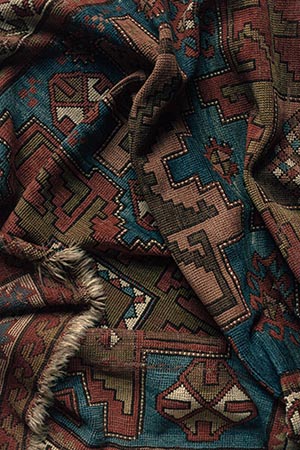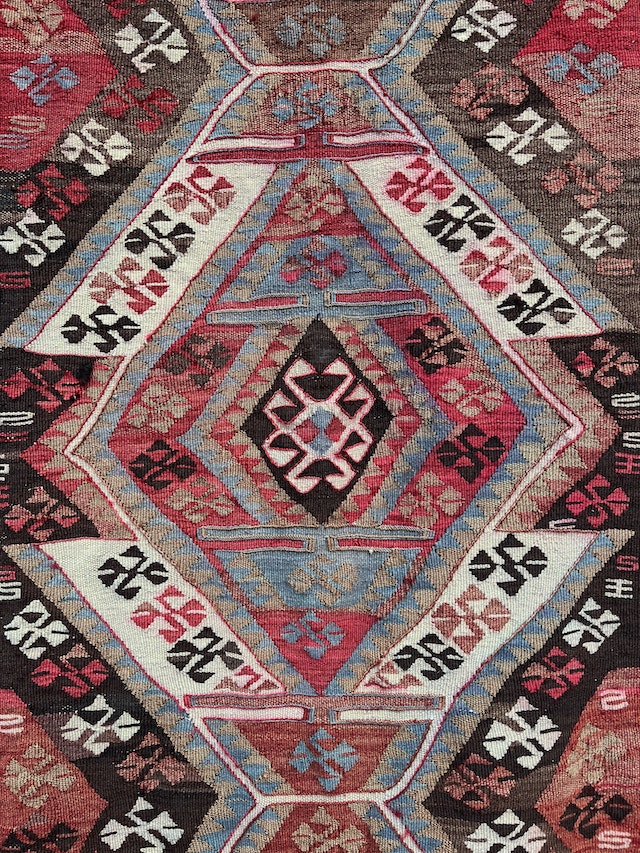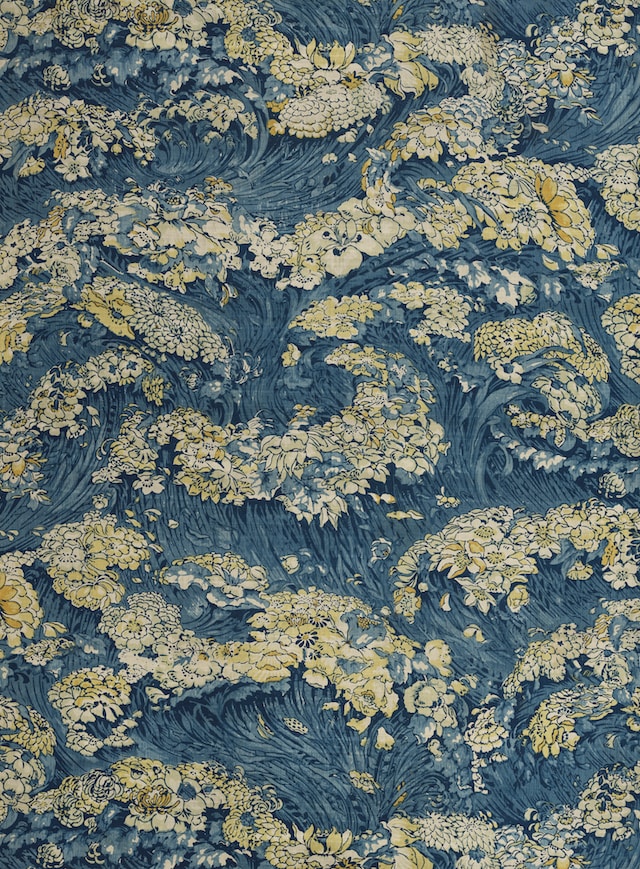
Carpets from the Native Americans
History and origins of Native American carpet making
Native American carpet making has a rich history. The origins of this craft can be traced back to the indigenous tribes of North America, who used materials such as wool, cotton, and plant fibers to create intricate designs that reflected their cultural beliefs and traditions.
The art of weaving carpets was passed down through generations, with each tribe developing its own unique style and techniques. These carpets were not only functional but also served as a form of artistic expression and storytelling.
One of the most well-known Native American tribes known for their carpet making is the Navajo tribe. They are famous for their beautiful rugs featuring geometric patterns and vibrant colors.
Despite facing challenges such as forced relocation and assimilation efforts by European settlers, Native American carpet making has endured and continues to thrive today. Many contemporary Native American artists are carrying on this tradition, creating stunning carpets that blend traditional techniques with modern influences.
Overall, the history and origins of Native American carpet making showcase the resilience and creativity of indigenous peoples in preserving their cultural heritage through artistry and craftsmanship.


